10 Must-Read Comics for ‘X-Men ‘97’ Fans
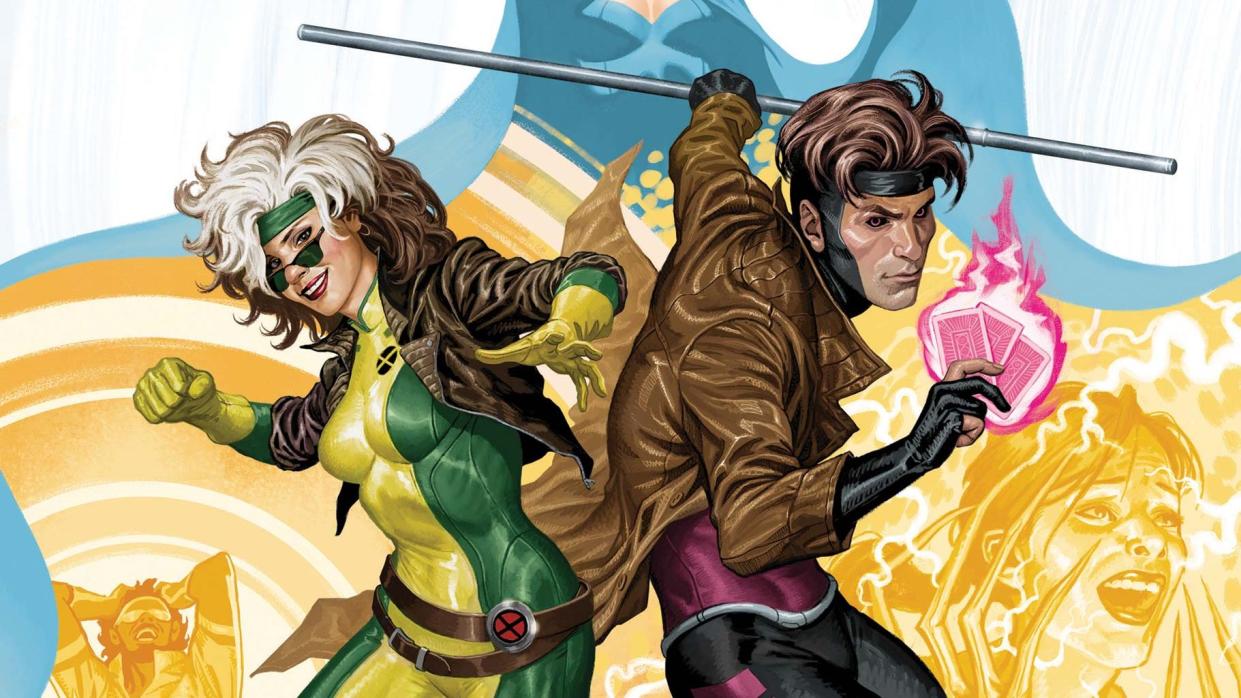
"Hearst Magazines and Yahoo may earn commission or revenue on some items through these links."
TO ME, MY nerds! Marvel has brought back the beloved, if better when viewed through nostalgia goggles, '90s cartoon X-Men: The Animated Series as X-Men ’97. And somehow, against all odds, it’s amazing.
X-Men ’97 has all the winks and throwbacks that fans of the original show, complete with the original character designs and the same-over-the-top voice acting that delighted '90s kids.
However, X-Men ’97 has no interest in remaining a throwback. Instead, the series expands on the original concepts to match the expectations of audiences well-versed in superhero fiction. The series immediately began shifting the established roster of the ‘90s show, adding the time traveler Bishop and jumping right into a clone storyline with Cyclops’s wife Jean Grey. The season began with Professor X still in space, leaving the leadership of the team to one-time arch-enemy Magneto.
Even better, X-Men ’97 fully engages the themes at the center of the mutant concept. The show portrays bigotry, ranging from asking mutants to hide their nature to outright massacres.
Part of X-Men ’97’s success owes to its source material. After a rough start in the 1960s, the X-Men comics of the 1970s and 80s revolutionized the industry and set a standard for almost everything that followed, including both animated X-Men series. If X-Men ’97 has left you itching for more, these comics will scratch it better than Wolverine’s claws.
New Mutants Graphic Novel (1982)
In the original animated X-Men series, the chili fry-loving mall baby Jubilee served as the audience surrogate. For the updated series, Jubilee finds a younger person to mentor, Roberto de Costa aka Sunspot. An incredibly rich, but undeniably charming Brazilian mutant who can gather solar energy to get stronger, de Costa needs Jubilee’s help navigating his new normal.
Sunspot first debuted in the New Mutants Graphic Novel, alongside another group of teen recruits, including the telepath Karma and the high-flying Cannonball. Written by mutant maestro Chris Claremont, along with penciler Bob McLeod and regular letter and colorist Tom Orzechowski and Glynis Wein, New Mutants Graphic Novel finds Professor X inviting teens to his school to help them learn how to use their powers. Although Xavier tries to keep the kids from superheroics, an attack by the evil Hellfire Club stifles his plans.
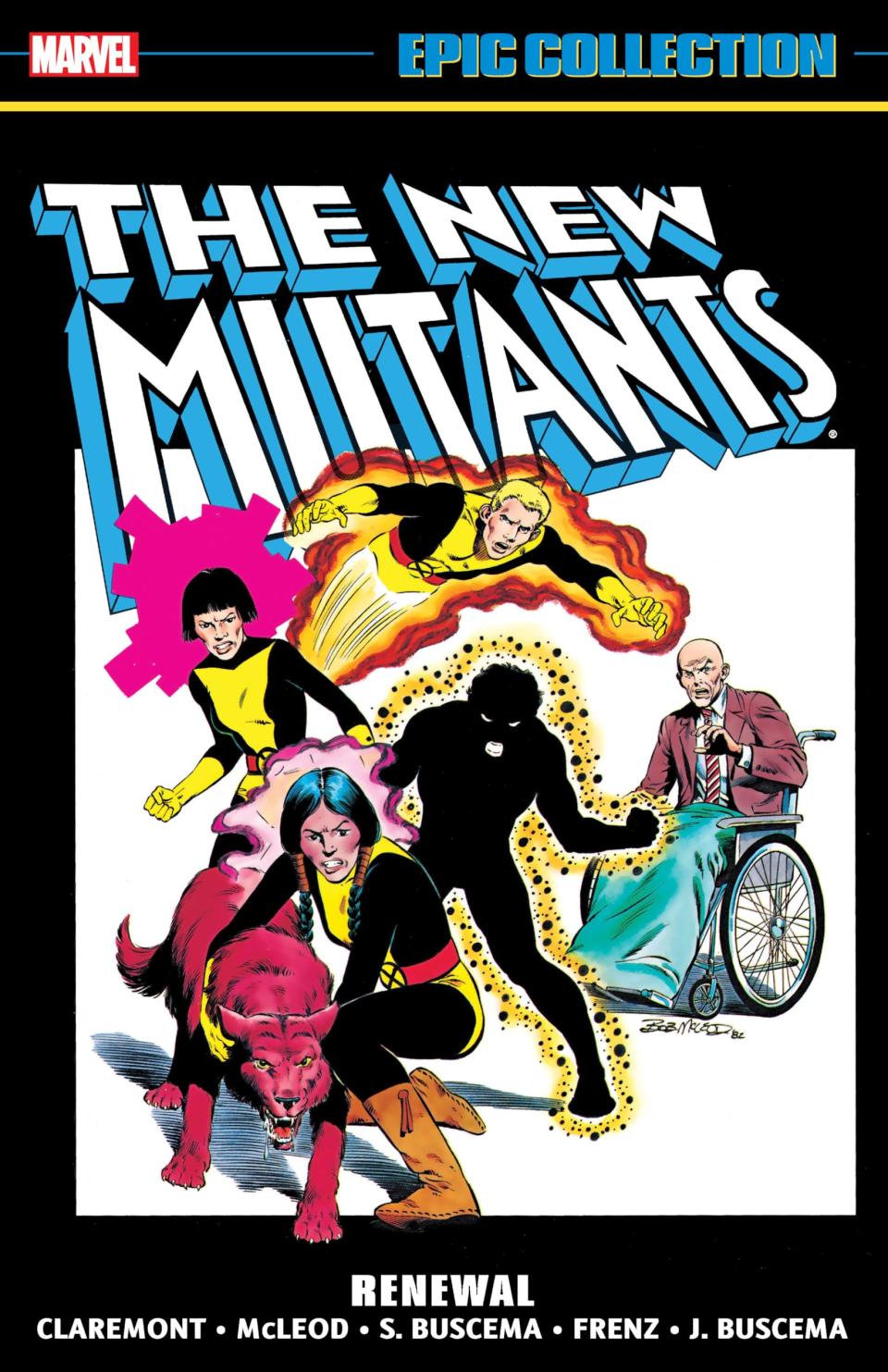
New Mutants Graphic Novel (1982)
amazon.com
$61.31
Marvel ComicsLifedeath (Uncanny X-Men #186, Uncanny X-Men #198, 1984 -1986)
As great as X-Men ’97 has been, not all of its adaptations work. Case in point, the two segments “Lifedeath” and “Lifedeath Part II.” These two segments explore Storm’s existential crisis after losing her powers. Rather than portray the story in all of its thematic depth, the two story segments breeze by, quickly resolving the problem in less than 30 minutes. In short, the adaptations fail to live up to the comics that inspired them.
Of course, “Lifedeath” and “Lifedeath Part II” are two of the greatest superhero comics of all time. Both come from writer Chris Claremont and artist Barry Windsor-Smith, with inker Terry Austin, colorists Glynis Wein and Christie Scheele, and letterer Tom Orzechowski. Like the cartoon episodes, they deal with Storm and Forge working through the former’s new depowered status. However, Storm went without powers for years in the comics, and did not have them at the end of “Lifedeath Part II.” Moreover, Windsor-Smith’s moody watercolor-style art captures the characters’s emotional state in a way the cartoon never could.
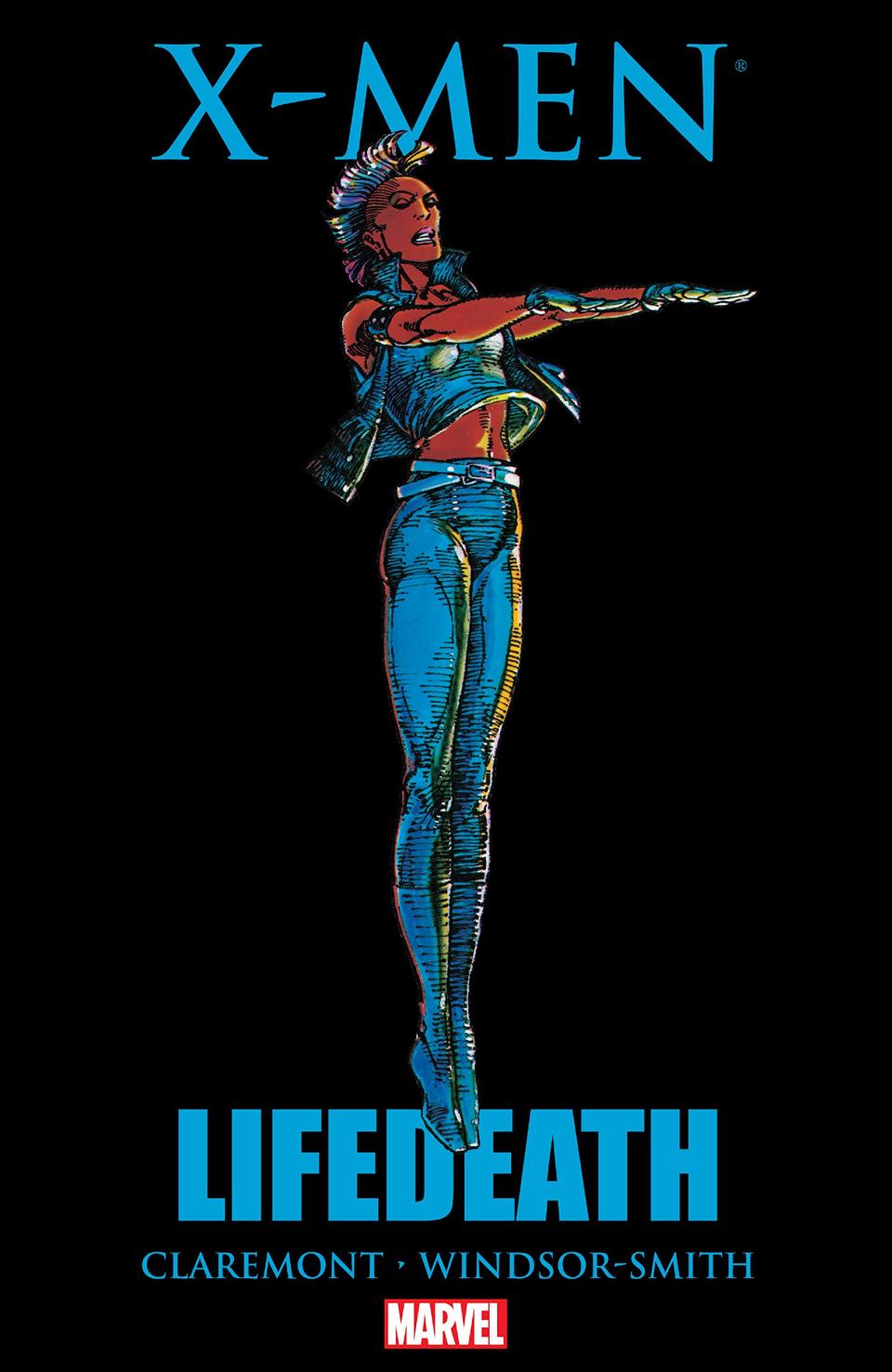
Lifedeath (Uncanny X-Men #186, Uncanny X-Men #198, 1984 -1986)
amazon.com
$6.99
Marvel ComicsMutant Massacre (1986)
Fans loved the first few episodes of X-Men ’97. But the series jumped to a whole new level with “Remember It,” in which a brutal attack destroys the mutant nation of Genosha. The episode draws from several different X-Men events (more on those in a minute), including the groundbreaking crossover, Mutant Massacre. At the center of Mutant Massacre are the Morlocks, unsightly mutants whose physical abnormalities force them to live in the sewers.
“Remember It” sees some of the Morlocks, especially the young Leech, living in safety and happiness before the attack. The deaths of Leech and the Morlocks in the episode mirror their fates in Mutant Massacre, in which an evil group called the Marauders slaughters the sewer-dwelling groups. The comic book version doesn’t have quite the punch of the cartoon, but it does include some moving moments and a surprising cameo by the Mighty Thor, making for a satisfying, if unlikely, event.
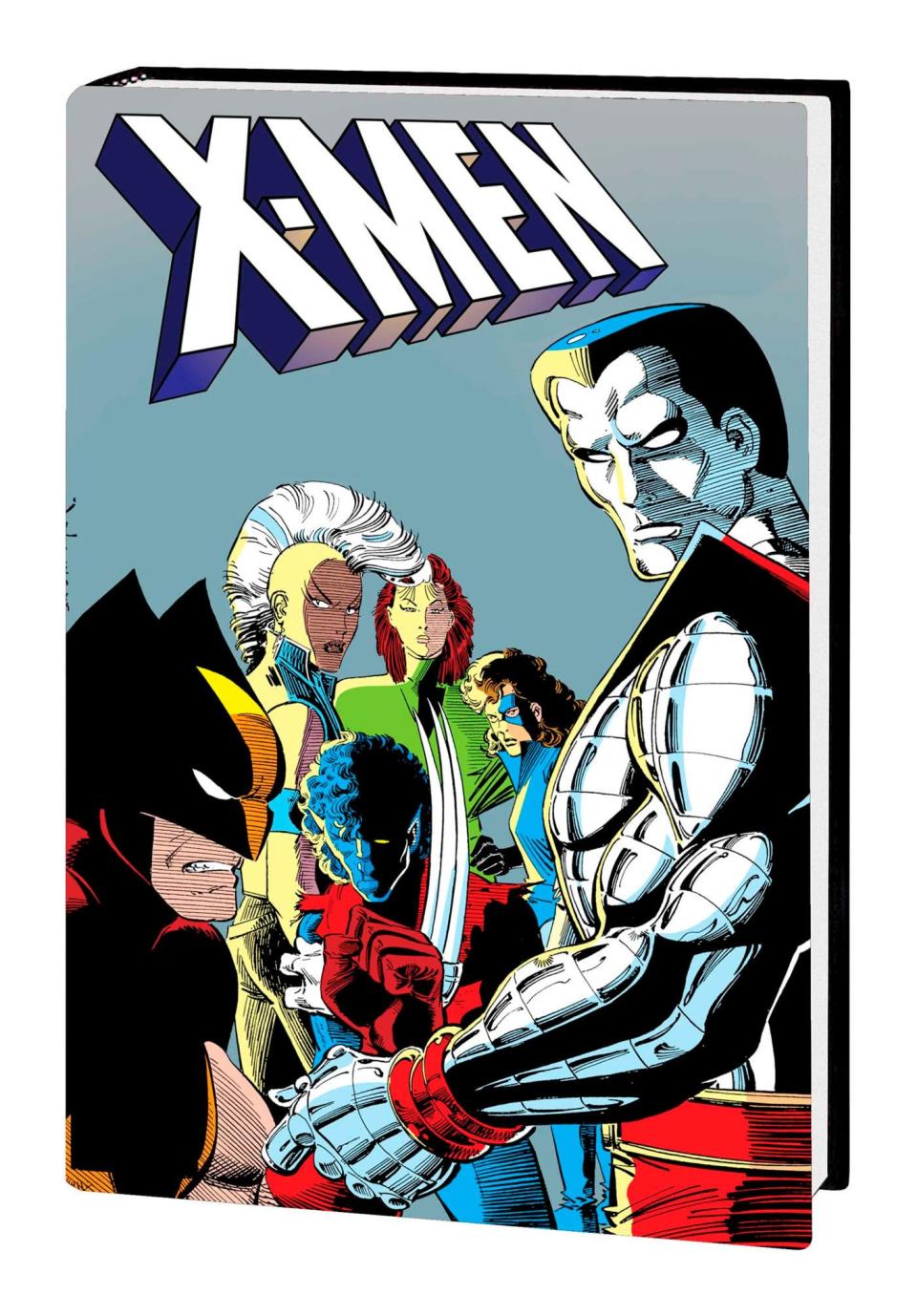
Mutant Massacre (1986)
amazon.com
$95.32
Inferno (1989)
X-Men ’97 jumps right into mutant weirdness, ending the second episode by revealing a second Jean Grey, a clone created by the evil Mister Sinister. And then it gets weirder. The clone takes the name Madelyne Pryor, sends her infant son into the far future, and then becomes the villainous Goblin Queen. The episode “Inferno” sees the Goblin Queen subjecting the X-Men to a series of surreal attacks, allowing the animators to pay tribute to their favorite anime scenes.
As weird as the episode “Inferno” gets, the comic book series Inferno is even more insane. The comic storyline hits the same beats as the cartoon, in which Mister Sinister creates the Jean Gray clone Madelyne Pryor, who becomes the Goblin Queen. But the comic Pryor becomes the Goblin Queen because of meddling by the demon N'astirh, launching a war that spills from the Hellish Limbo into New York City. As the X-Men, along with spin-off teams the New Mutants and X-Factor, try to battle the Goblin Queen’s minions, NYC becomes a bizarre nightmare, complete with man-eating elevators and a possessed vacuum cleaner that almost kills Daredevil. Seriously.
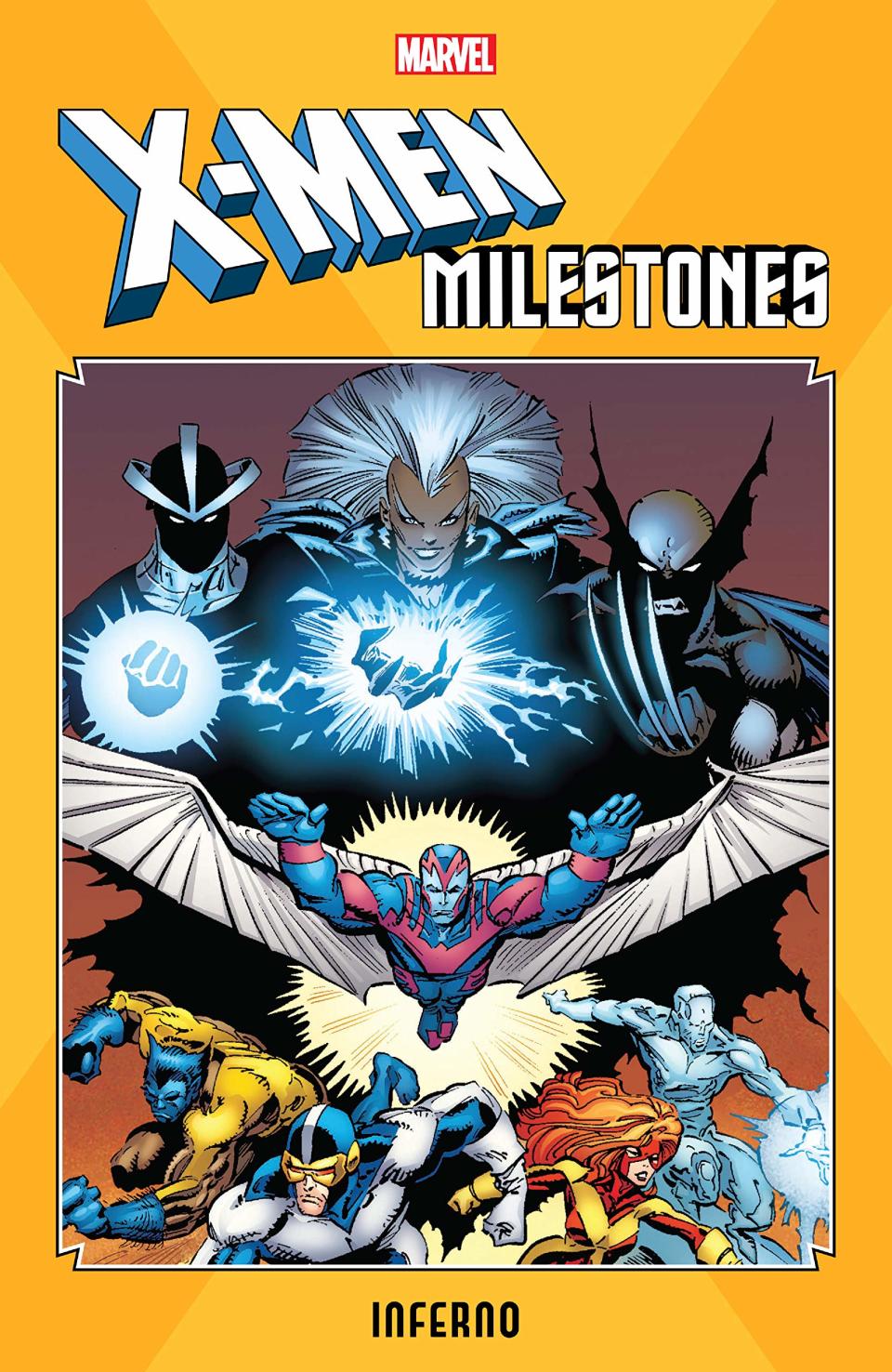
Inferno (1989)
amazon.com
$18.99
Marvel ComicsAge of Apocalypse (1995)
X-Men ’97 isn’t the only thing that the original Animated Series inspired. In the Season 4 two-parter “One Man’s Worth,” the evil time-traveler Fitzroy kills Charles Xavier before he can start the X-Men, resulting in a radically altered present. That idea led to Age of Apocalypse, a massive crossover, widely considered to be the best crossover event of the '90s.
In Age of Apocalypse, Xavier’s troubled son David Haller aka Legion changes the present, after his plan to kill Magneto in the past goes awry and Xavier ends up dead. Without Xavier and the X-Men in place, no one can stop Apocalypse, who conquers the world and creates a radically different Marvel Universe. Age of Apocalypse gave the creative team, including writers Mark Waid and Fabian Nicieza and artists Joe Madureira and Andy Kubert, plenty of room to play with familiar characters. Rogue and Magneto are a couple leading the main team, Gambit heads a group of powerful mutants, and Wolverine and Jean Grey fight alone.
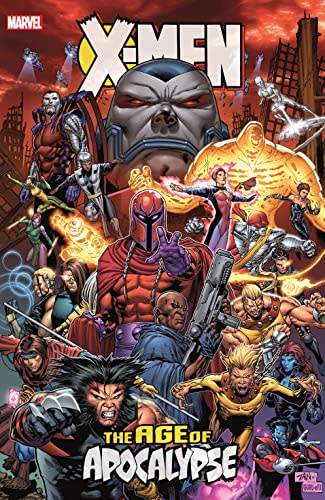
Age of Apocalypse (1995)
amazon.com
$39.99
Marvel ComicsOperation: Zero Tolerance (1997)
In the months before the release of X-Men ’97’s first season, the creative team teased Mister Sinister as the big bad, taking the place of the now-heroic Magneto. While Sinister has lurked in the background of episodes such as “Inferno,” the seventh episode “Bright Eyes” introduces a new major villain. A combination of the mutant-hunting robots Master Mold and Nimrod, Bastion arrived in the guise of a human working in the American government. Upon gaining power, Bastion launched the Prime Sentinel program, creating mutant-hunter androids disguised as humans.
Bastion called his Prime Sentinel plan Operation: Zero Tolerance, a term that the X-Men ’97 team has come to fear. But for readers of the 1990s, Operation: Zero Tolerance promised high-stakes adventure. The storyline Operation: Zero Tolerance unfolded across the X-Men books published in 1997, including the Cable solo series and the teen series Generation X. Bastion distributes his Prime Sentinels as sleeper agents across the country and gains custody of Professor X, nearly annihilating the X-Men.
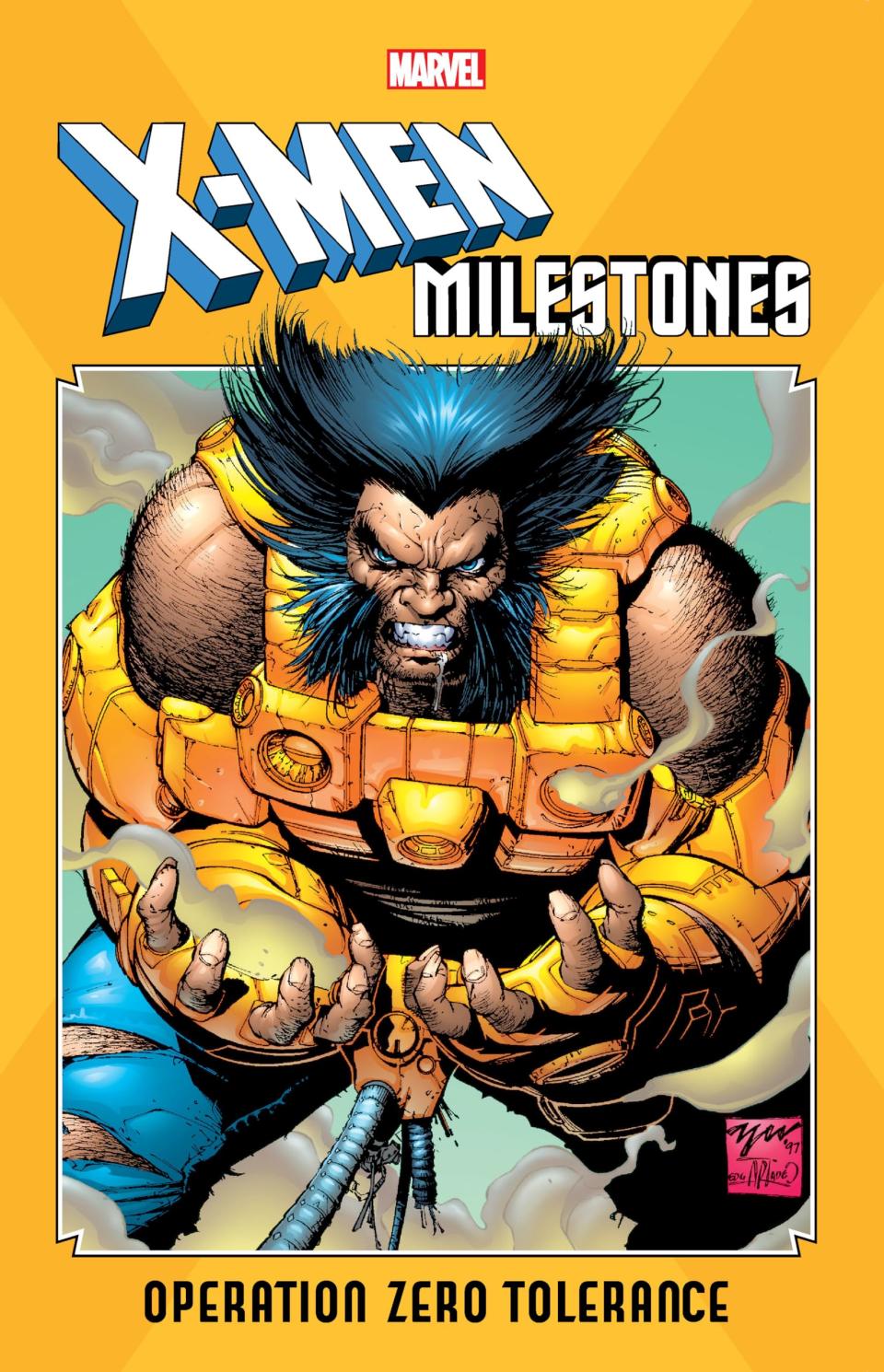
Operation: Zero Tolerance (1997)
amazon.com
$69.95
Marvel ComicsE is for Extinction, New X-Men #114–116 (2001)
Although not as universally beloved, the early 2000s X-Men relaunch by Scottish writer Grant Morrison reinvigorated the franchise for the new millennium. Working with his frequent collaborator and penciler Frank Quitely, inked by Tim Townsend and colored by Brian Haberlin, New X-Men #114 began with a renegade Sentinel obliterating the mutant-controlled island Genosha. The attack kills hundreds of mutants, including Magneto, and serves as the first salvo by Cassandra Nova, the heretofore unseen twin sister of Professor X.
If that sounds familiar, then you saw “Remember It,” the fifth episode of X-Men ’97. The destruction of Genosha, complete with Magneto’s death, comes directly from the E is for Extinction storyline, as does Emma Frost’s surprising secondary mutation. With two more seasons already in production, X-Men ’97 has bigger plans than even what’s unfolded in the first season. E is for Extinction provides a roadmap for the next generation of mutants.
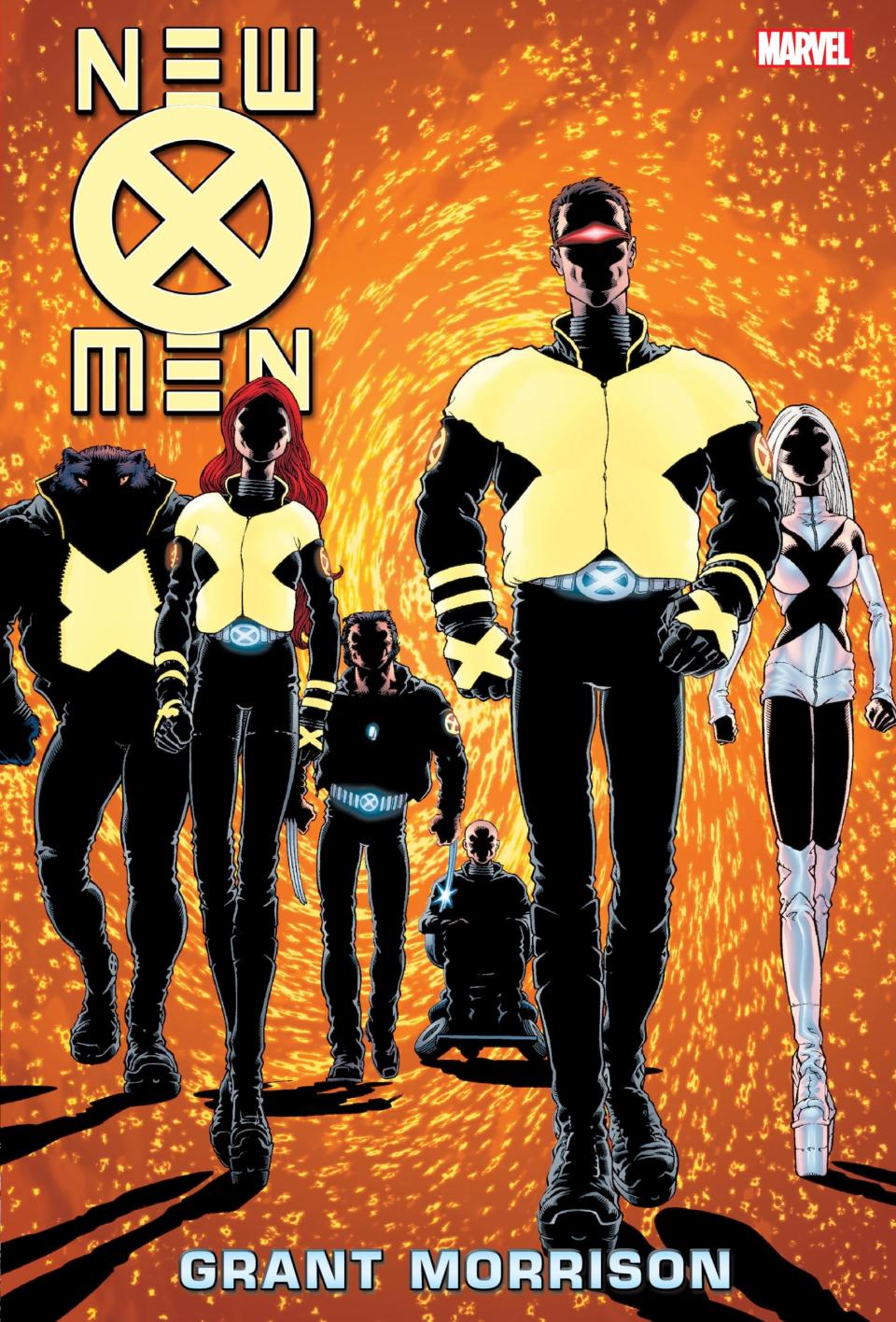
E is for Extinction, New X-Men #114–116 (2001)
amazon.com
$92.62
House of X/Powers of X (2020)
Genosha has been a long-running concept in X-Men comics, one that even showed up in a few episodes of the original X-Men: The Animated Series. But Genosha looks very different in X-Men ’97, more of a sovereign nation with its own unique culture and identity.
In the comics, the mutants gained full sovereignty not on Genosha, but on Krakoa, the island nation at the center of the recent franchise relaunch. In the twin miniseries House of X and Powers of X, writer Jonathan Hickman, working with illustrators Pepe Larraz and R.B. Silva, presents a bold new vision for Marvel’s mutants. No longer willing to fight one another, Professor X, Magneto, and all of the mutants work together, demanding respect from a world that will do everything it can to crush them.
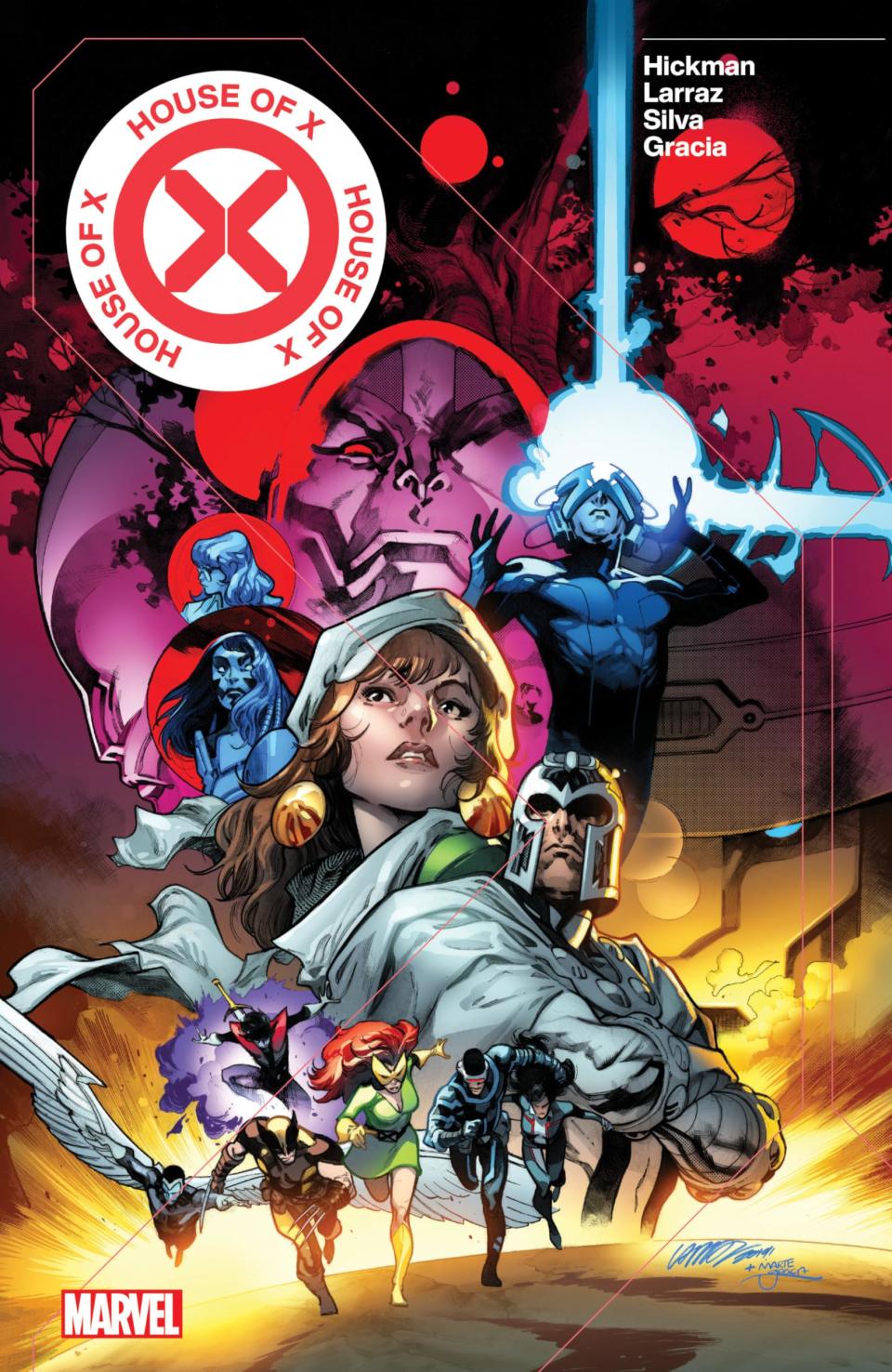
House of X/Powers of X (2020)
amazon.com
$34.05
Marvel ComicsRogue & Gambit: Powerplay (2023)
Rogue and Gambit were fan favorites on the original X-Men: The Animated Series, but X-Men ’97 has launched them into the stratosphere. Between Gambit’s striking sacrifice and Rogue’s quest for vengeance, the charming Southern duo is showing heretofore unseen sides of their personalities.
The pair have been the mutant power couple since they first got together in the '90s. However, the Krakoa era has given them a new mission and, with it, a delightful new miniseries. Infuriated by the machinations of Krakoa’s government, Rogue’s adoptive mothers Mystique and Destiny threaten to undo the new nation. It’s up to Rogue and Gambit to keep the two at bay, leading to a series of thrilling and charming misadventures from writer Stephanie Phillips, artist Carlos Gómez, colorists David Curiel and Frederico Blee, and letterer Ariana Maher.
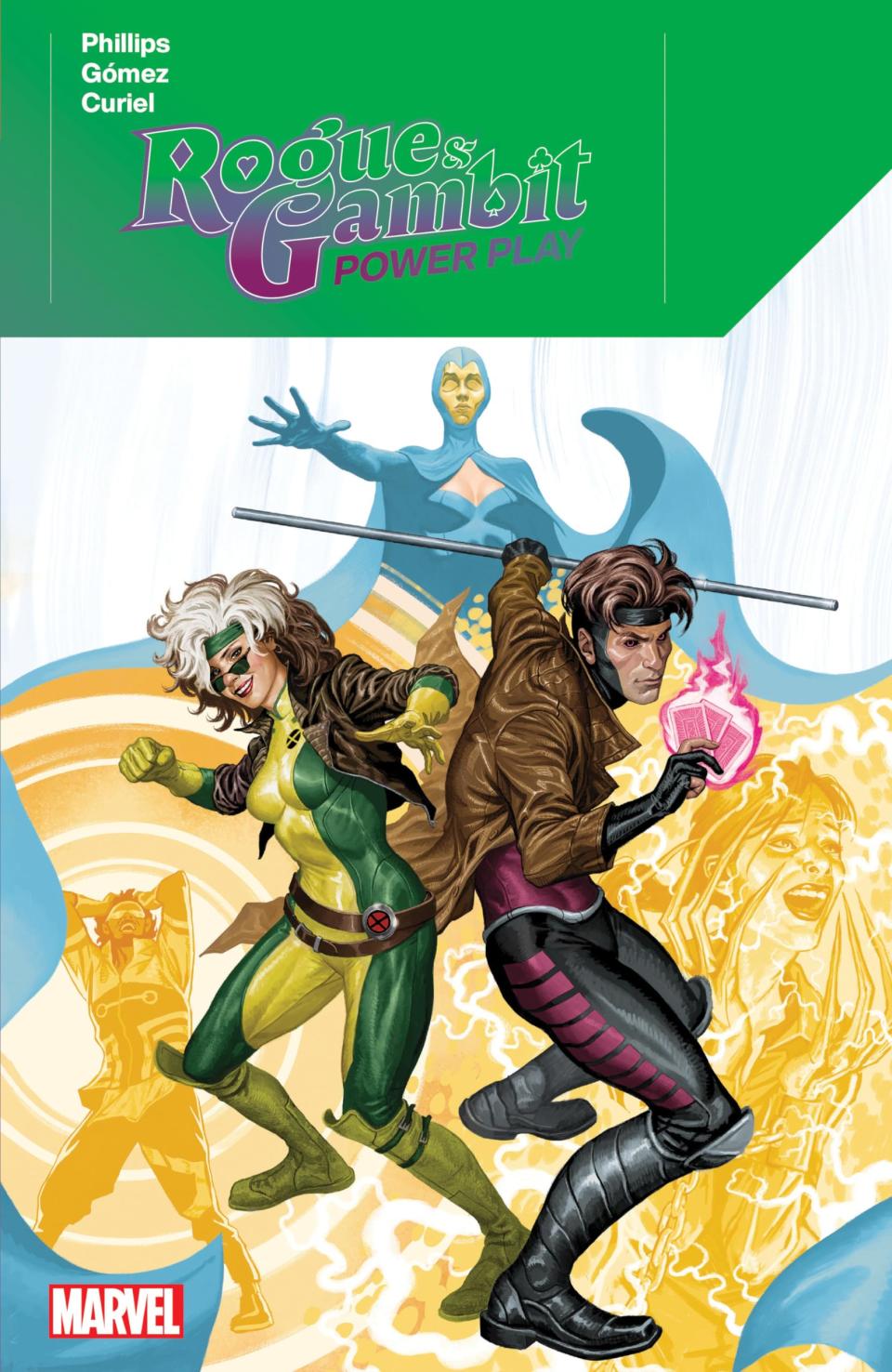
Rogue & Gambit: Powerplay (2023)
amazon.com
$13.60
Marvel ComicsFall of the House of X/Rise of the Powers of X (2024)
Of course, nothing good can last forever, at least not for the X-Men. The world’s mutants may not have had full peace and respect from other nations, but at least Krokoa afforded them a certain amount of protection. But after shocking betrayals from within and a concentrated assault by forces without, the Krakoa comes to an end in the twin miniseries Fall of the House of X and Rise of the Powers X.
The creative team, which includes writers Gerry Duggan and Kieron Gillen and illustrator R.B. Silva, combines classic X-Men adventure with an elegy for this brief period of autonomy and cooperation among the mutants. The increased scrutiny and pain of loss inspired the second half of X-Men ’97, serving as just one more bitter reminder that no matter how much they achieve, Marvel’s mutants will always be feared and hated.
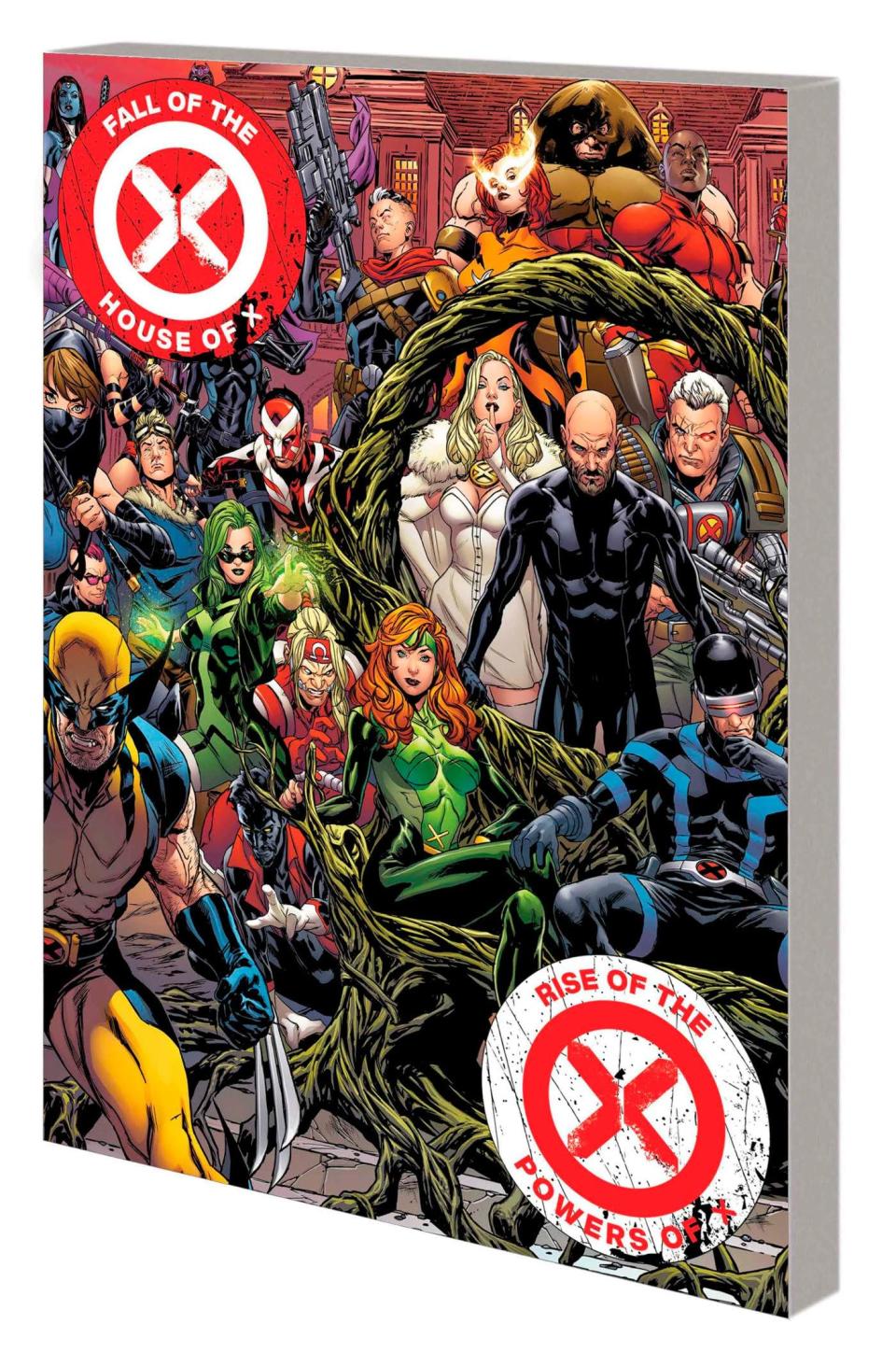
Fall of the House of X/Rise of the Powers of X (2024)
amazon.com
$45.00
Marvel ComicsYou Might Also Like

